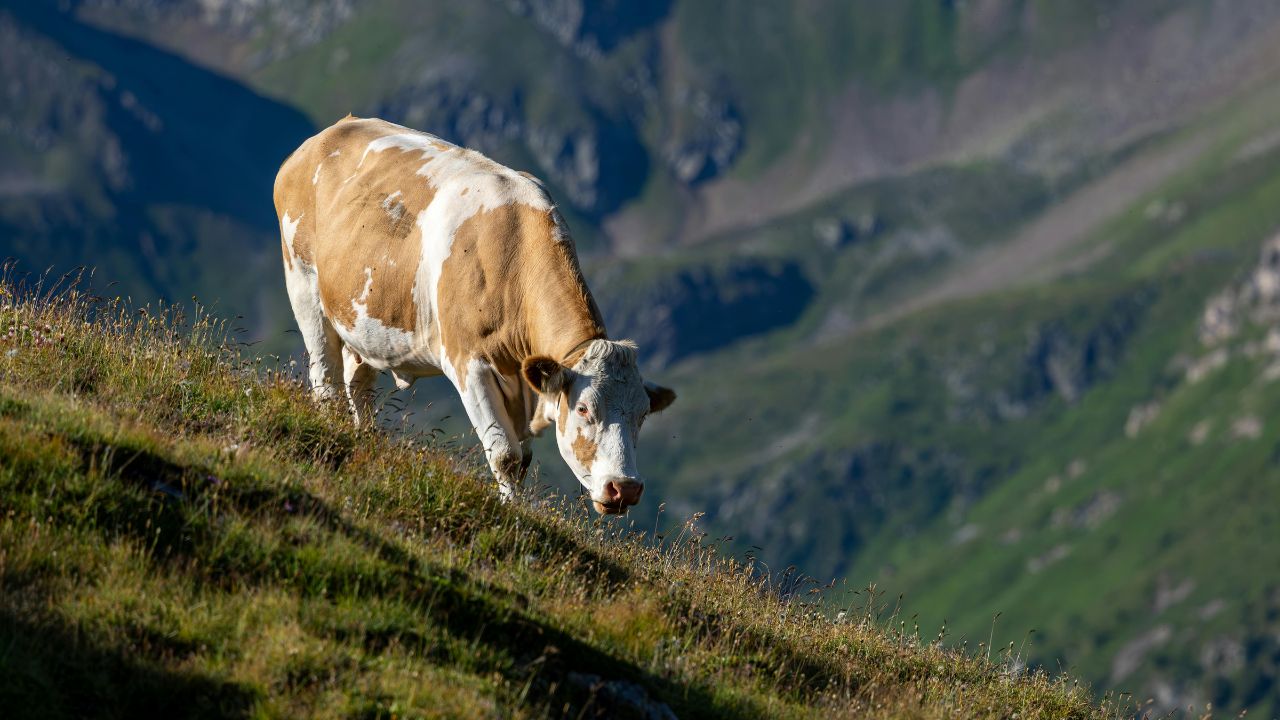If you have ever inquired, “How much is a whole cow?” you are not special. Those trying to save money, assure quality, and support nearby farmers are finding buying bulk beef increasingly appealing. Still, purchasing a whole cow is a major choice. From average rates to hidden expenses, this guide dissects all you need to know so you may choose whether it is the best fit for your budget and kitchen.
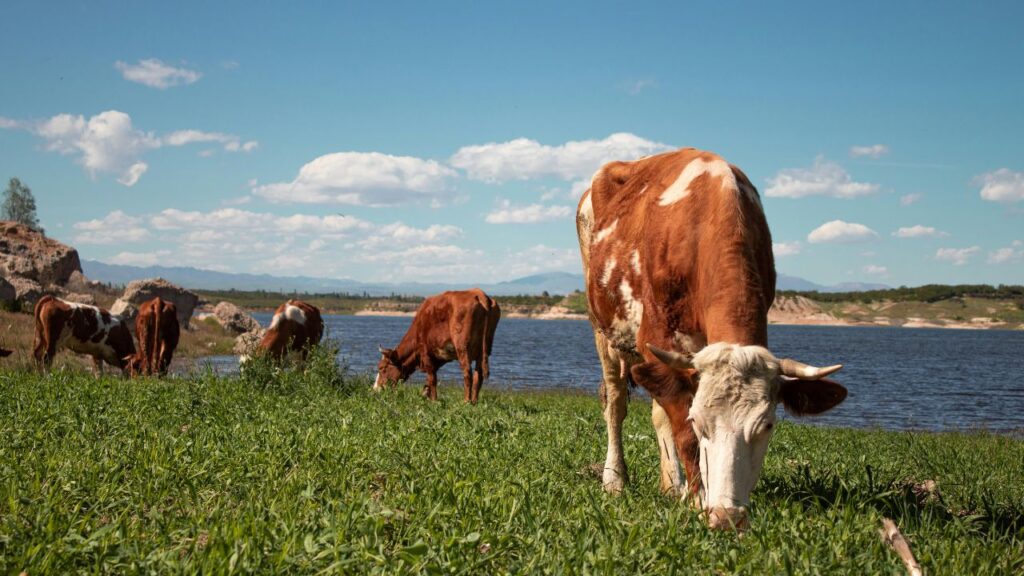
What Factors Influence the Cost?
Breed, weight, and where you buy a whole cow greatly affect its price. Usually speaking, a live cow may run you $2,000 to $5,000. Processing fees, however, which add still another $500 to $1,000, are not included. Because of their meat quality, cattle breeds such as Angus or Hereford are frequently more expensive; dairy varieties could be less expensive. Geography also affects things; cows grown in areas with more acreage or feed costs—like the Northeast U.S.—tend to be more expensive. Furthermore, costing 20–30% more than grain-fed cows are organic or grass-fed cows. To prevent surprises, always seek for a thorough breakdown from vendors or farmers.
Breaking Down the Cost Per Pound of a Whole Cow
Usually, you pay by the pound of hanging weight—that is, the weight following slaughter but before processing—when you buy a whole cow. The farm determines how much this runs from $3 to $6 per pound. For example, a 1,200-pound cow running at $4.50 per pound with a 750-pound hanging weight would run $3,375. After processing, you will get 450–550 pounds of meat (steaks, ground beef, roasts, etc.), which will cost roughly $6–$8 per pound overall. Unlike store prices—ground beef alone averages $5–$7 per pound—buying bulk can save money over time.
Local Farms, Online, or Auctions?
One often finds a whole cow purchased from local farmers. They provide openness so you may visit the farm and inquire about methods of growing. Many list prices and bundles available online also. While online markets like Facebook Marketplace or Craigslist link consumers with local vendors, first check reviews. Another choice, albeit daily prices vary, are livestock auctions. For seasoned consumers who know cattle grading, auctions appeal. Whichever path you decide upon, give merchants who properly explain their pricing first priority and provide information on the cow’s diet and health.
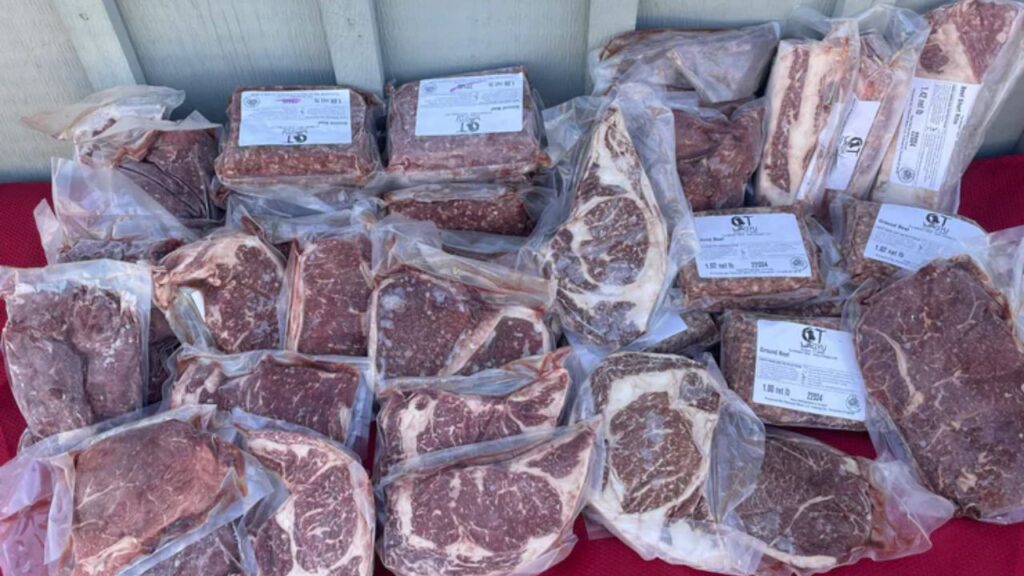
Hidden Costs of Purchasing a Whole Cow
Although a whole cow price seems simple, hidden costs can mount up. Paid straight to the butcher, processing fees include slaughtering, cutting, and packing. For one pound of hanging weight, these run from $0.50 to $1.50. Would you want sausages or specialty cuts? That will add further expenses. Another element is storage: A 500-pound meat trip calls for a big freezer (at least 20 cubic feet), which runs $500–$1,500 upfront. If you do not have one, consider renting freezer space or factoring delivery rates. Finally, transportation; should the farm fail, you will need a trailer or pay for cattle movement.
Why Buy a Whole Cow? Benefits Beyond Savings
Buying a whole cow goes beyond only financial savings. You take charge of meat quality, making sure it is free of antibiotics or hormones if that is important to you. Bulk purchase is environmentally friendly since it cuts packing waste. You will also appreciate variety—think about ribeyes, briskets, and stew meat—all from one buy. Divining a cow among friends helps families save even more money. Also, helping nearby farms boosts the local economy. Having a meat-filled freezer over time reduces supermarket visits and meal planning freedom.
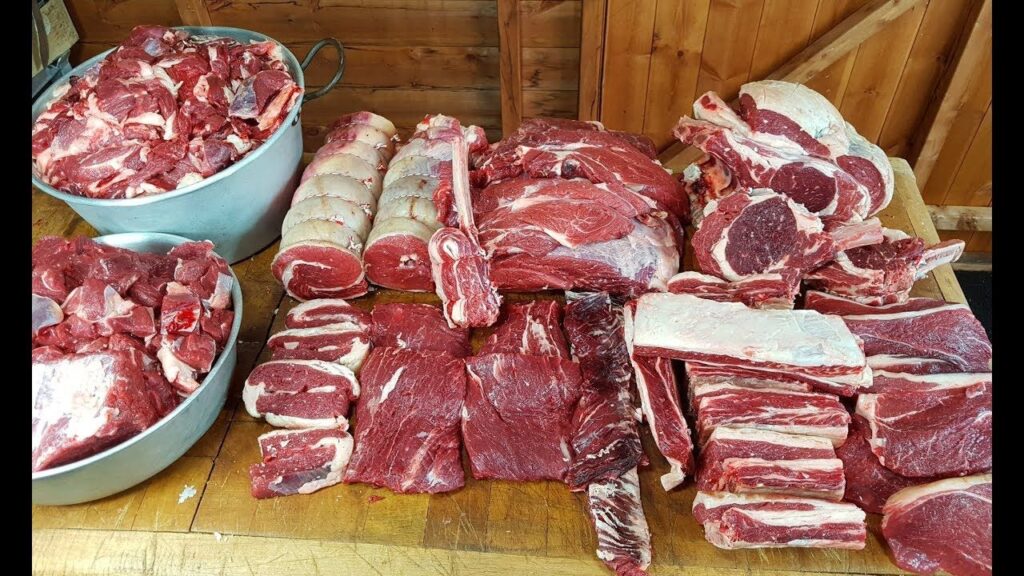
Things to Consider Before Buying a Whole Cow
Ask yourself sensible questions before pledging. Are you running out of freezers? A quarter-cow is roughly 4 cubic feet; a complete cow requires 16–20. Your household consumes how much meat? For a household of four, a whole cow offers eighteen to twenty-four months worth. See the butcher ahead of time if you want particular cuts. Look at the cow’s diet as well: Beef from grass-fed tastes different from grain-fed. Review the farm’s policies last; some call for deposits or have waiting lists. Making prior plans guarantees your preparedness for the investment.
How to Store and Use Meat from a Whole Cow
Good storage preserves meat for up to two years. Get a nice freezer and label and date your cuts. Packaging kept vacuum-sealed stops freezer burn. Plan meals in line with your supply: For burgers, use ground beef; roasts for slow-cooked food; and broth calls for bones. Not on the counter, but rather safely in the refrigerator, thaw meat. If you have never done mass cooking, begin with easy dishes like stir-fries or chili. If you have excess, remember not to forget sharing with friends or relatives!
Whole Cow vs. Store-Bought Meat
| Aspect | Buying a Whole Cow | Buying Store-Bought Meat |
| Cost Per Pound | $6–$8 (premium cuts included, long-term savings) | $5–$15+ (varies by cut; premium steaks cost more) |
| Quality Control | Choose grass-fed, organic, or hormone-free options directly from farmers. | Limited transparency; labels may not reflect farming practices or additives. |
| Upfront Investment | $3,000–$6,000 (includes processing and freezer costs) | No upfront cost (pay-as-you-go) |
| Storage Requirements | Requires a 20+ cubic foot freezer (costs $500–$1,500). | No special storage—use fridge or small freezer. |
| Variety of Cuts | 450–550 lbs of meat (steaks, roasts, ground beef, bones, etc.). | Limited to what’s in stock; popular cuts sell out fast. |
| Environmental Impact | Eco-friendly (less packaging, supports local farms, reduces transportation waste). | Higher plastic waste and carbon footprint from mass production and shipping. |
| Convenience | Requires planning (freezer space, butcher coordination). | Grab-and-go; no prep or long-term commitment. |
| Long-Term Savings | Yes! Bulk pricing cuts costs over 1–2 years. | No—prices rise with inflation and demand. |
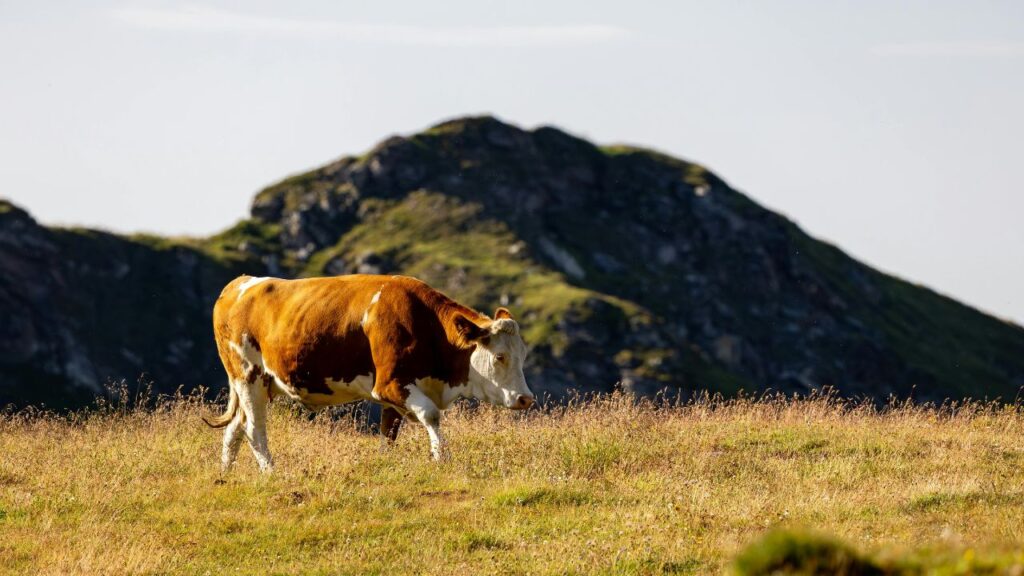
Conclusion: Is a Whole Cow Worth the Investment?
How therefore can one measure a complete cow? For many, the long-term savings and advantages offset the upfront cost, which runs from $3,000 to $6,000 including processing. You will cut grocery runs, enjoy better meat, and pay less per pound than store rates. Just keep in mind storage and hidden expenses should be budgeted for. Purchasing a whole cow could be a wise and tasty choice if you’re ready to load your freezer and advocate sustainable farming.
FAQ’s
1. How much does a whole cow actually cost?
Usually including processing costs, a complete cow runs between $3,000 and $6,000. Breed, region, and whether the cow is grain- or grass-fed influence price.
2. Is buying a whole cow cheaper than store-bought meat?
Yes! Although the initial cost is more, premium cuts will cost you $6–$8 per pound, usually less than grocery pricing for comparable quality.
3. Where is the best place to buy a whole cow?
For openness and quality, most people buy straight from nearby farms. Another choice are online markets or auctions; still, always first check the reputation of the seller.
4. Do I need a special freezer to store a whole cow?
You will need a large freezer at least 20 cubic feet to keep 500 plus pounds of meat.Splitting the cow with others is a great workaround if you lack room.
5. How long does the meat from a whole cow last?
Meat kept correctly in a freezer keeps fresh for up to two years. Organization and vacuum-sealing incisions help stop freezer burn.
